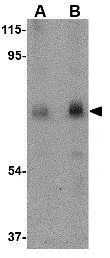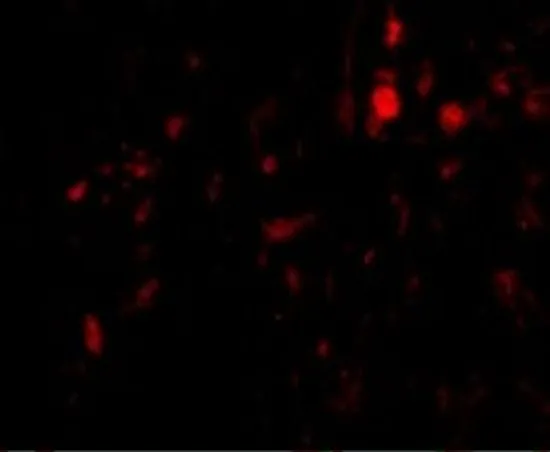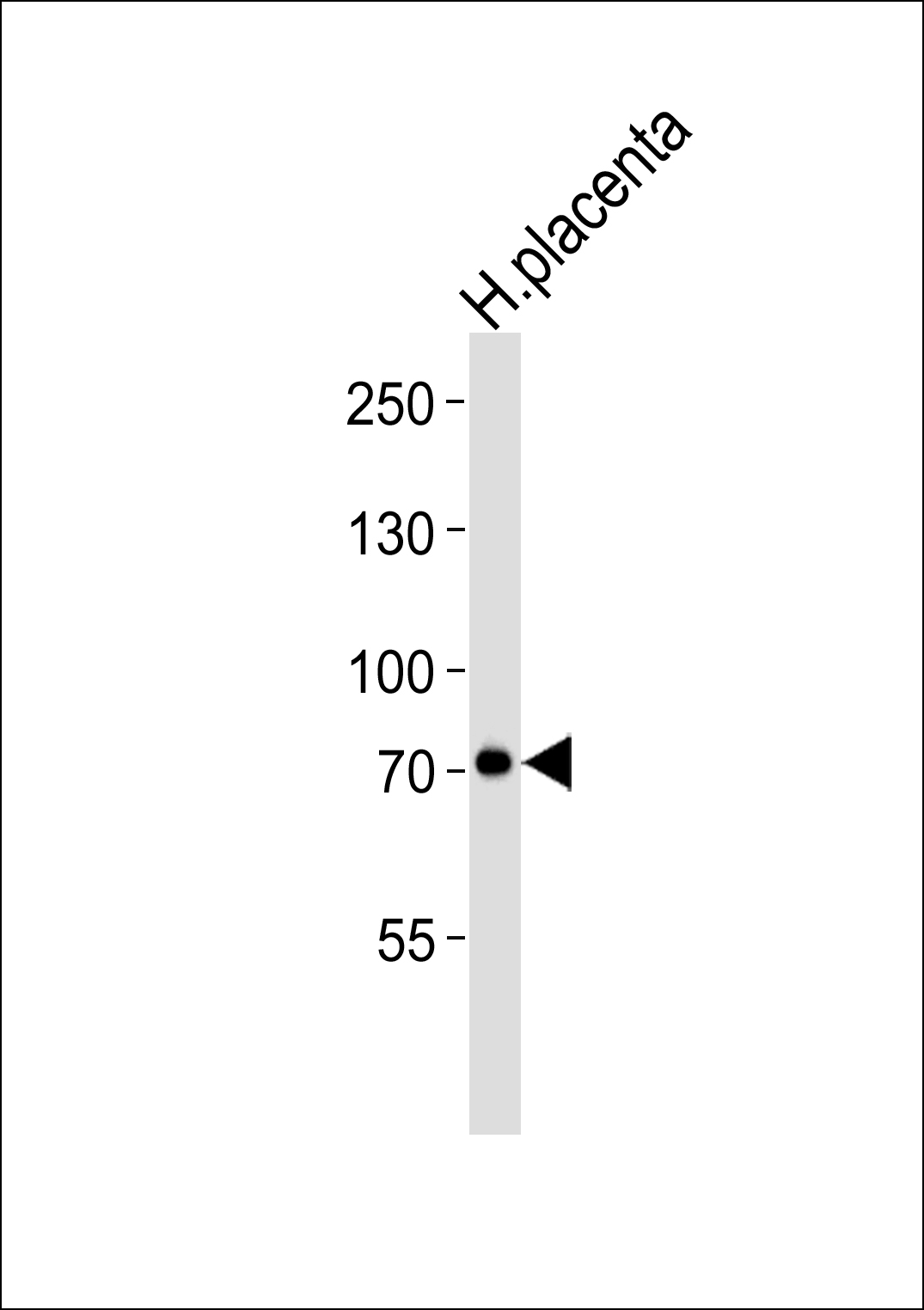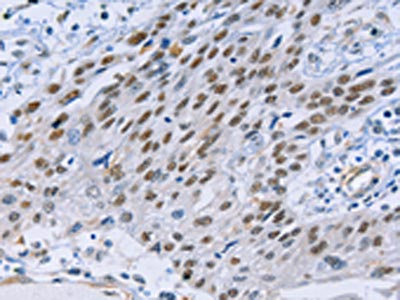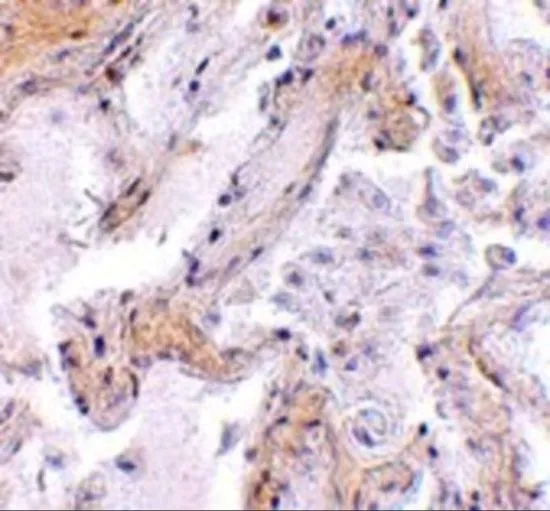
IHC-P analysis of human lung tissue using GTX85383 Calpain 6 antibody. Working concentration : 2.5 microg/ml
Calpain 6 antibody
GTX85383
ApplicationsWestern Blot, ELISA, ImmunoHistoChemistry, ImmunoHistoChemistry Paraffin
Product group Antibodies
TargetCAPN6
Overview
- SupplierGeneTex
- Product NameCalpain 6 antibody
- Delivery Days Customer9
- Application Supplier NoteWB: 0.5 - 1 microg/mL. IHC-P: 2.5 microg/mL. *Optimal dilutions/concentrations should be determined by the researcher.Not tested in other applications.
- ApplicationsWestern Blot, ELISA, ImmunoHistoChemistry, ImmunoHistoChemistry Paraffin
- CertificationResearch Use Only
- ClonalityPolyclonal
- Concentration1 mg/ml
- ConjugateUnconjugated
- Gene ID827
- Target nameCAPN6
- Target descriptioncalpain 6
- Target synonymsCANPX, CAPNX, CalpM, DJ914P14.1, calpain-6, calpain-like protease X-linked, calpamodulin
- HostRabbit
- IsotypeIgG
- Protein IDQ9Y6Q1
- Protein NameCalpain-6
- Scientific DescriptionCalpains make up a ubiquitously expressed, well-conserved family of calcium-dependent cysteine proteases. The calpain proteins are heterodimers consisting of an invariant small subunit and variable large subunits. This large subunit possesses a cysteine protease domain, and both subunits possess calcium-binding domains. Calpains have been implicated in neurodegenerative processes as their activation can be triggered by calcium influx and oxidative stress. Calpain 6 (CAPN6) is most similar to Calpain 5; the C-terminal region of CAPN6 lacks homology to the calmodulin-like domain of other vertebrate calpains. CAPN6 is thought to be involved in the regulation of microtubule dynamics and cytoskeletal organization. CAPN6 has also been recently identified as an HIV dependency factor (HDF), suggesting that CAPN6 may be an important drug target in HIV treatment.
- Storage Instruction-20°C or -80°C,2°C to 8°C
- UNSPSC12352203

